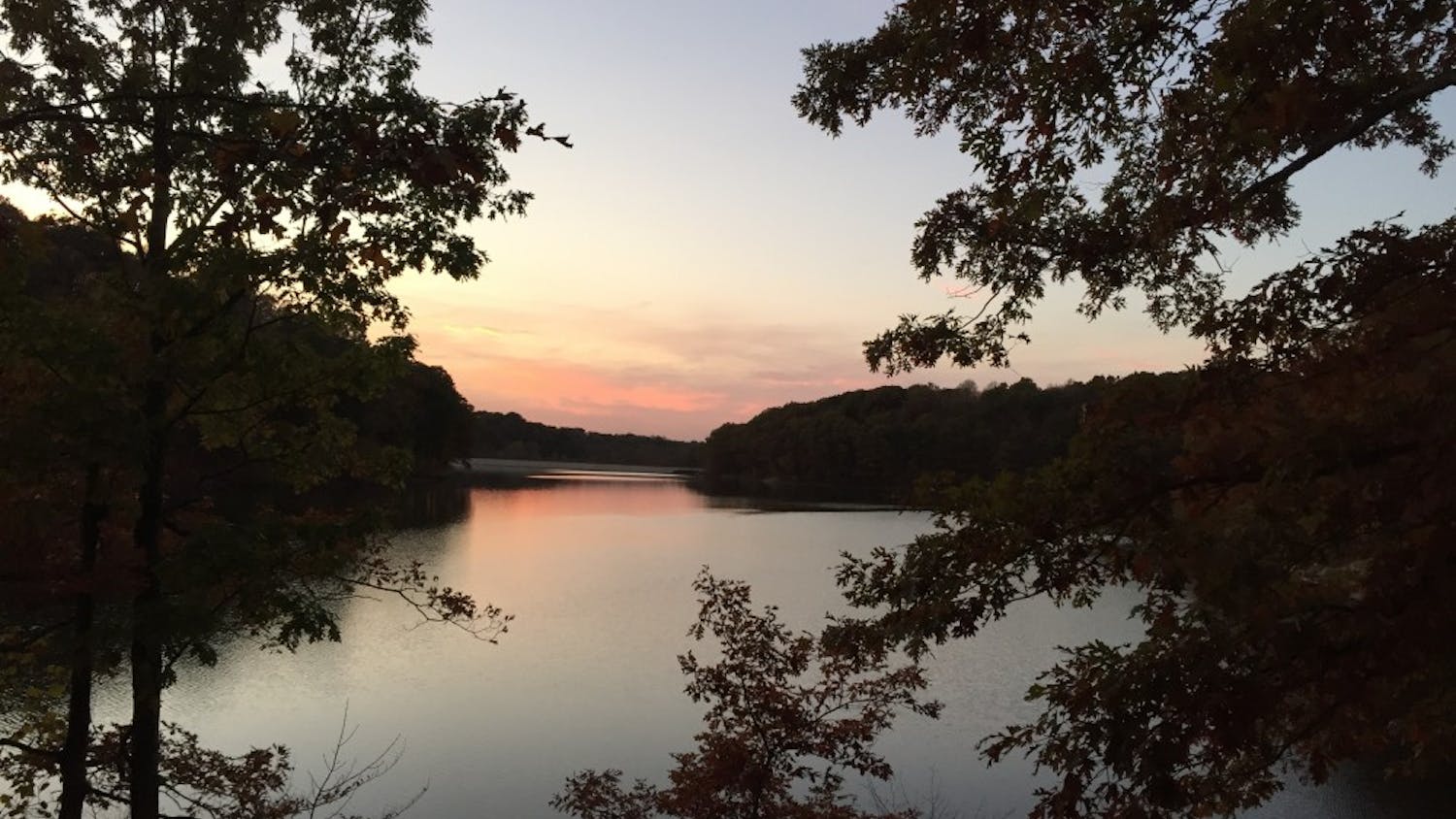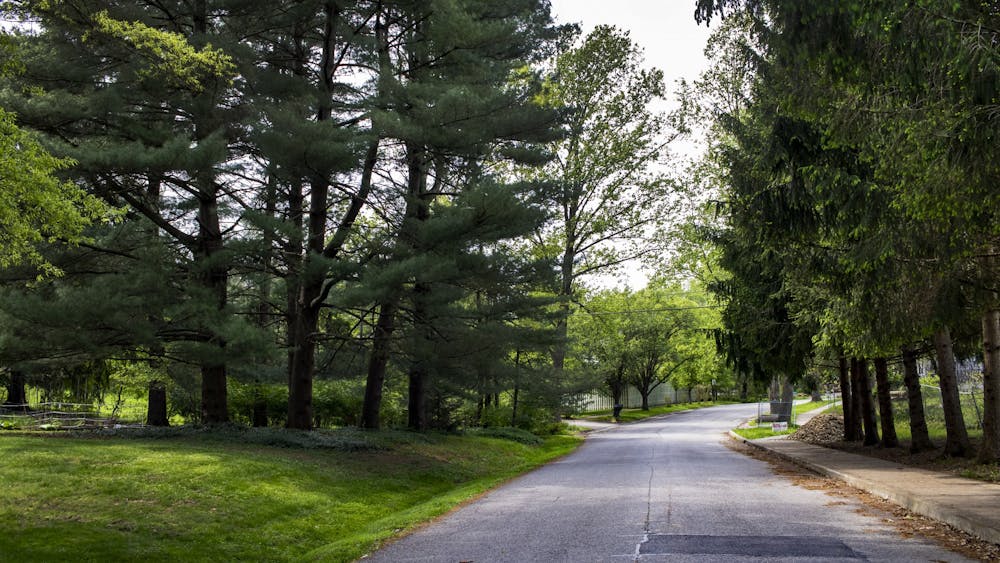Along with 49 other communities, the county will work for two years to become as energy efficient as possible. The competition officially started January 2015 and will end ?December 2016.
“The energy challenge was really started when looking at what we call the problem of energy efficiency in this country,” said Christofer Nelson, project coordinator at Georgetown. “We determined that, though there have been pretty significant strides in energy efficiency in large cities over the last five to 10 years, we haven’t seen those solutions filtering down into the smaller communities where 70 percent of Americans live.”
Nelson said they came up with the energy prize because they believed competition would be an effective motivator for change. About 200 communities contacted Georgetown about ?competing.
The communities selected were applicants demonstrating community-wide support from city governments, nongovernment ?organizations and other ?community organizations.
The Monroe County Energy Challenge has plans to work with local ?governments from Bloomington; Ellettsville, Ind.; and Stinesville, Ind., as well as two school systems, private schools, religious organizations, the IU Office of Sustainability and other groups.
“We’re a small community, we have a very educated and engaged population and we have a lot of students, which creates challenges because they’re not permanent residents but is also great because they’re very active and concerned about environmental issues,” Bloomington Sustainability Coordinator ?Jacqui Bauer said.
Along with environmental benefits that will be achieved through energy-saving efforts, the winning community will receive $5 million to spend on energy efficient programs.
“We don’t have to formally commit to what we’d do with the money, but we do have ideas,” Bauer said. “We’ve discussed setting up a grant program, a permanent endowment or a revolving loan fund with which we would pay up front to install energy ?efficient measures for a residence or building, and then the person would be able to pay the loan back with the money from their energy ?savings.”
To qualify, each community had to submit a detailed plan on how it would reduce energy use in the two-year span. Monroe County is the only community competing from Indiana.
“Monroe County does not yet have ambitious net-zero energy goals, has an ?average amount of resources available and has an average level of energy expertise,” the Energy Challenge Plan states. “We have created this plan for the other average communities out there in hopes that, together, we can make an ?extraordinary impact.”
Organizers of the Monroe County challenge requested that each entity ?involved in the plan establish individual goals. Some of the sectors are aiming to reduce energy use by 5 percent each year, and others are aspiring for a 15-percent reduction throughout the course of the competition.
“We have an advantage in that we do have a lot of easy improvements that we can make right off the bat,” Bauer said. “We’ve upgraded a ?number of city facilities to LED lighting but not all of them.”
Another major focus will be insulation in residential homes.
“The biggest thing for homeowners is to make sure they have at least a foot of insulation in their ?attics,” said Molly O’Donnell, volunteer chair of the residential program. “Walking around town in the winter, it’s easy to see that people don’t have this insulation because they don’t have snow on their roofs, and everyone else does.”
O’Donnell has started a “Task of the Month” program that encourages residents to change one simple thing each month to save energy.
She said she is also excited about the creation of an Energy Mobile, which will be driven throughout the community with messages about the challenge’s goals and encouragement to participate.
“Some people say they’ve done everything they can and just walk away, and that’s really disappointing because we have to do more,” O’Donnell said. “Even if we think we’ve done everything, it’s a serious problem so we need to step outside of our comfort zones and just do more.”
The energy usage will be measured quarterly. The first numbers are expected in May. Organizers said they are looking forward to seeing the changes the project brings.
“After this challenge, we’ll have models and approaches that have been proven to work,” Nelson said. “We’ll then be able to share those replicable, scalable strategies on a national level and hopefully see a major impact in small ?community energy efficiency long after the challenge ?is over.”





